Wind River Indian Reservation
We Are a Buffalo People
Encompassing roughly 2.2 million acres, the Wind River Indian Reservation (WRIR) is home to the Eastern Shoshone and the Northern Arapaho Tribes — historic enemies, but both Tribes that relied upon the Buffalo nation.
The Buffalo is a keystone species, meaning they benefit many other plants and animals, insects and birds. They were also life’s commissary for the people that depended upon them. They were food, tools, medicine, and central to the ceremonial belief systems and customs practiced by many Tribes.
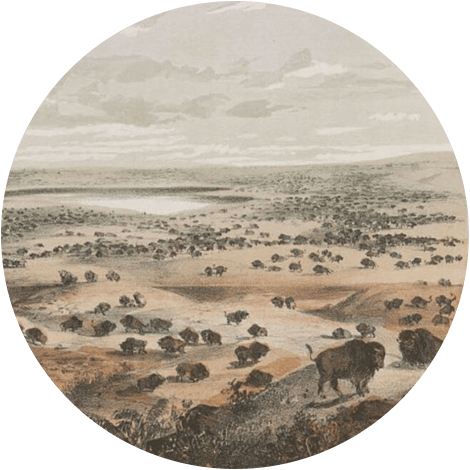
The History
The Eastern Shoshone Reservation originally spanned over 42 million acres when designated in 1863. Five years later, the reservation was reduced to around 2.9 million acres. Under duress to give up their land, the Eastern Shoshone chose to keep an area known for its plentiful fish and game. However, conflicts with settlers and other issues resulted in further land cessions.
The Northern Arapaho Tribe arrived on the Shoshone Reservation in 1878, when it was the only reservation in the newly formed state of Wyoming. The two Tribes were traditional enemies, making co-existence difficult and challenging. The reservation was opened to homesteading by white settlers, and agriculture and livestock production was encouraged and even enforced. Subsequent land cessions reduced the reservation to its present size.
In 1924, the Northern Arapaho became part owners of WRIR, while each Tribe has retained its own identity, language, culture, and Tribal government.
The Land
In 1938, the Wind River Tribes set a unique example for wilderness conservation nearly three decades before the Wilderness Act by preserving ~140,000 acres in the high country of the Wind River Mountains. The area contains over two hundred lakes and several hundred miles of rivers and streams, with a healthy abundance of fish species.
Native species that are currently managed on Wind River include moose, elk, whitetail deer, mule deer, bighorn sheep, pronghorn antelope, and Buffalo. Wolves and bears are protected, and other predator species such as mountain lion, wolverine, badgers and bobcats are also present.
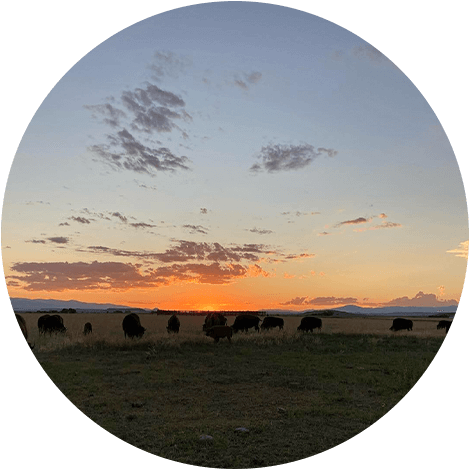
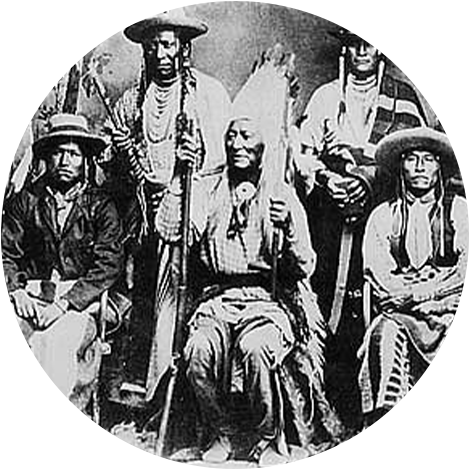
The People
In the early 1900s, the Buffalo were extirpated from Wind River, which in turn removed them from the Native people. Today, there is work being done to help heal those historic wounds by reconnecting Tribes with Buffalo.
The survival and restoration of Buffalo is not only important in terms of ecological diversity of the High Plains, but also the health and cultural preservation of the people indigenous to the land.
The Future
Tribal Buffalo acquisition and management will be a way for Tribes to implement programs for cultural and ecological restoration in the coming years. It is possible that returning Buffalo to the landscape as wildlife will improve Tribal members’ access to meat for subsistence, improve Native communities’ access to nutrition, and reduce prevalent diseases such as diabetes and heart disease.
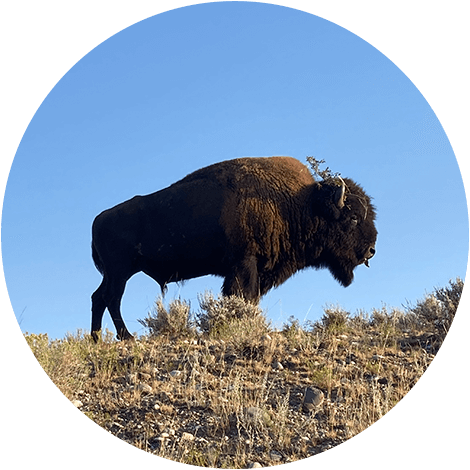
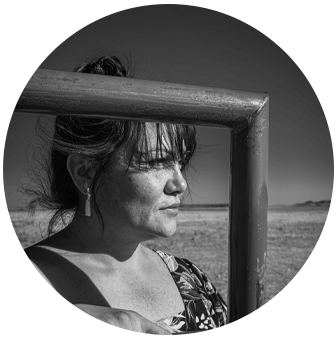
What is Rematriation?
“Rematriate: To give back, engaging complimentary relationship with all life around us, restoring natural, respectful connection for all beings on Mother Earth and transforming our united futures, gifting independence, healing, and devoted obligation for all those that come after us.”
– Patti Baldes
Explore More About Us
The Buffalo Initiative
Wind River Reservation
Photos
Videos
Maps
